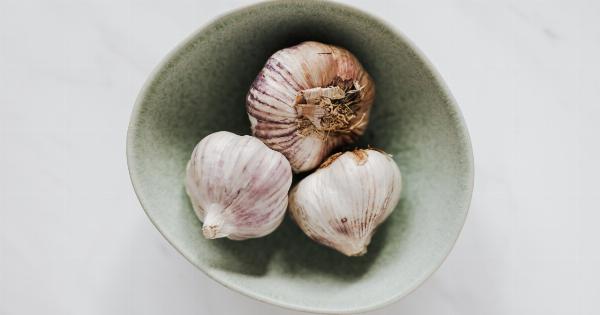As a parent, you undoubtedly want the best for your child’s health and well-being. Providing them with a variety of fruits is a great way to do so. However, fruits can pose some risks to children, such as choking and exposure to pesticides.
In this article, we will explore ten ways to make fruits safer for your kids.
1. Cut Fruits into Small Pieces
Choking is a common hazard for young children, especially those who are under three years old. Therefore, it is essential to cut fruits into small pieces that are easy for your child to chew and swallow.
This applies to all types of fruits, whether they are soft or hard.
2. Remove Seeds and Pits
Many fruits, such as peaches, apricots, and cherries, contain pits or seeds that can pose a choking hazard. Always ensure that you remove these before giving the fruit to your child. You can use a knife or a cherry pitter to do so.
3. Wash Fruits Thoroughly
Fruits are often sprayed with pesticides to prevent insects and diseases. These chemicals can be harmful to your child’s health if ingested. To minimize the risk, always wash fruits thoroughly before giving them to your child.
Use cold water and a brush to remove any dirt or other contaminants.
4. Buy Organic Fruits
If possible, opt for organic fruits, which are grown without the use of synthetic pesticides and fertilizers. They are also free from genetically modified organisms (GMOs), which can have long-term effects on your child’s health.
Organic fruits are usually more expensive than conventionally grown fruits, but they are worth the price for their health benefits.
5. Choose Soft Fruits
If your child is still developing their chewing and swallowing skills, it is best to choose soft fruits, such as bananas, avocados, and mangoes. These are easy to eat and digest, reducing the risk of choking.
You can also puree them to make them even more manageable.
6. Teach Your Child to Chew Properly
Teaching your child to chew their food properly is essential in reducing the risk of choking. Encourage them to take small bites and chew thoroughly before swallowing.
Make mealtime a fun and interactive experience by praising them when they chew correctly.
7. Take Precautions for Citrus Fruits
Citrus fruits, such as oranges and lemons, can cause skin irritation and rashes if the juice comes into contact with your child’s skin.
To prevent this from happening, wash your hands thoroughly after handling citrus fruits and wipe your child’s hands and face after they eat them.
8. Introduce New Fruits Slowly
Introducing new fruits to your child’s diet is essential in providing them with a variety of nutrients. However, some children may be allergic to certain fruits.
To reduce the risk of an allergic reaction, introduce new fruits slowly, one at a time, and observe your child for any adverse reactions.
9. Store Fruits Properly
Storing fruits properly is essential in maintaining their freshness and preventing spoilage. It is best to store fruits in the refrigerator, especially those that are prone to spoiling, such as berries and melons.
Keep them in a separate compartment or drawer to prevent them from contaminating other foods.
10. Use Fruits as a Snack
Fruits make a perfect snack for children, providing them with essential nutrients and energy. Use them as a substitute for unhealthy snacks, such as chips and candy, to promote healthy eating habits.
You can also pair them with a protein source, such as yogurt or cheese, to make them more filling and satisfying.
Conclusion
Fruits are an excellent source of essential nutrients for your child’s health. By implementing these ten ways to make fruits safer for your kids, you can ensure that they are getting the best nutrition without any potential risks.




























